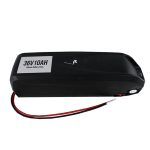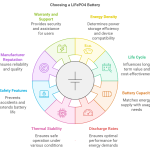In this technical guide, you’ll learn everything there is to know about electric scooter batteries, including types, capacity ratings, how to prolong battery life, and proper use and storage.
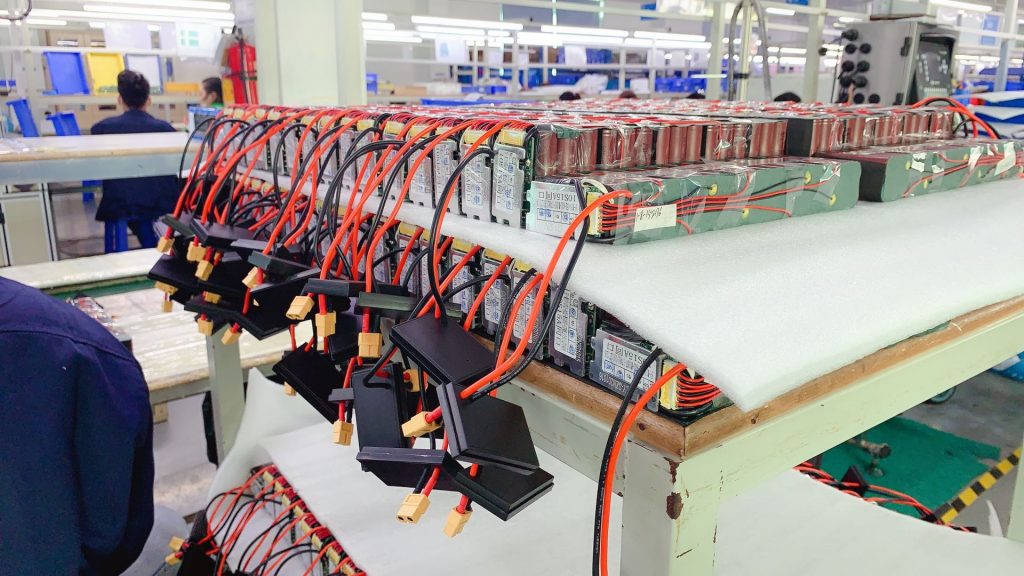
Electric Scooter Batteries
The battery is your electric scooter’s “fuel tank.” It stores the energy that is consumed by the DC motor, lights, controller, and other accessories.
Most electric scooters will have some type of lithium ion-based battery pack due to their excellent energy density and longevity. Many electric scooters for kids and other inexpensive models contain lead-acid batteries. In a scooter, the battery pack is made of individual cells and electronics called a battery management system which keeps it operating safely.
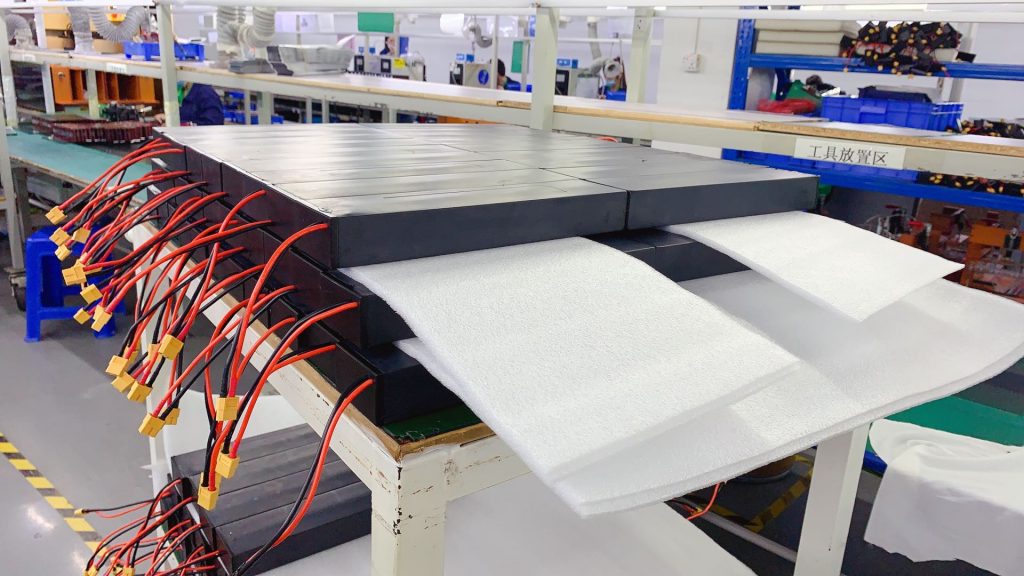
Bigger battery packs have more capacity, measured in watt hours, and will let an electric scooter travel further. However, they also increase the size and weight of the scooter — making it less portable. Additionally, batteries are one of the most expensive components of the scooter and overall cost increases accordingly.
E-scooter battery packs are made of many individual battery cells. More specifically, they are made of 18650 cells, a size classification for lithium ion (Li-Ion) batteries with 18 mm x 65 mm cylindrical dimensions. Each 18650 cell in a battery pack is fairly unimpressive — generating an electric potential of only 3.5 volts (3.5 V) and having a capacity of 3 amp hours (3 A·h) or about 10 watt-hours (10 Wh).
To build a battery pack with hundreds or thousands of watt hours of capacity, many individual 18650 Li-ion cells are assembled together into a brick-like structure. The brick-like battery pack is monitored and regulated by an electronic circuit called a battery management system (BMS), which controls the flow of electricity into and out of the battery.
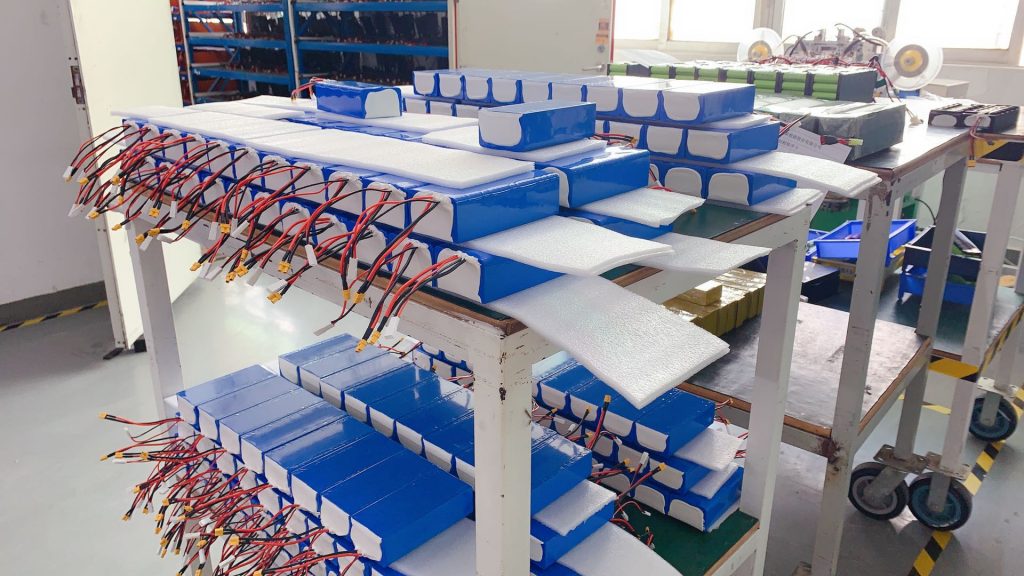
Lithium Ion
Li-Ion batteries have excellent energy density, the amount of energy stored per their physical weight. They also have excellent longevity meaning that they can be discharged and recharged or “cycled” many times and still maintain their storage capacity.
Li-ion actually refers to many battery chemistries that involve the lithium ion. Here is a short list below:
- Lithium manganese oxide (LiMn2O4); aka: IMR, LMO, Li-manganese
- Lithium manganese nickel (LiNiMnCoO2); aka INR, NMC
- Lithium nickel cobalt aluminum oxide (LiNiCoAlO2); aka NCA, Li-aluminum
- Lithium nickel cobalt oxide (LiCoO2); aka NCO
- Lithium cobalt oxide (LiCoO2); aka ICR, LCO, Li-cobalt
- Lithium iron phosphate (LiFePO4); aka IFR, LFP, Li-phosphate
Each of these battery chemistries represents a trade-off between safety, longevity, capacity, and current output.
Lithium Manganese (INR, NMC)
Fortunately, many quality electric scooters are using the INR battery chemistry — one of the safest chemistries. This battery gives high capacity and output current. The presence of manganese lowers the internal resistance of the battery, allowing high current output while maintaining low temperatures. Consequently, this reduces the chances of thermal runaway and fire.
Lead-acid
Lead-acid is a very old battery chemistry that is commonly found in cars and some larger electric vehicles, like golf carts. They are also found in some electric scooters; most notably, inexpensive children’s scooters.
Lead-acid batteries have the benefit of being inexpensive, but suffer from having very poor energy density, meaning that they weigh a lot compared to the amount of energy they store. In comparison, Li-ion batteries have about 10X the energy density compared to lead-acid batteries.
Capacity Ratings
E-scooter battery capacity is rated in units of watt hours (abbreviated Wh), a measure of energy. This unit is quite easy to understand. For example, a battery with a 1 Wh rating stores sufficient energy to supply one watt of power for one hour.
More energy capacity means higher battery watt hours which translates to longer electric scooter range, for a given motor size. An average scooter will have a capacity of around 250 Wh and be able to travel about 10 miles at an average of 15 miles per hour. Extreme performance scooters can have a capacity reaching into the thousands of watt hours and ranges of up to 60 miles.
Battery Management System
Though Li-ion 18650 cells have amazing benefits, they are less forgiving than other battery technologies and can explode if used improperly. It is for this reason that they are nearly always assembled into battery packs that have a battery management system.
The battery management system (BMS) is an electronic component that monitors the battery pack and controls charging and discharging. Li-ion batteries are designed to operate between about 2.5 to 4.0 V. Overcharging or completely discharging can shorten battery life or trigger dangerous thermal runaway conditions. The BMS should prevent overcharging. Many BMS also cut power before the battery is fully discharged in order to prolong life. Despite this, many riders still baby their batteries by never fully discharging them and also use special chargers to finely control charging speed and amount.
More sophisticated battery management systems will also monitor the temperature of the pack and trigger a cutoff if overheating occurs.
C-rate
If you’re doing research on battery charging, you’re likely to encounter C-rate. C-rate describes how quickly the battery is being fully charged or discharged. For example, a C-rate of 1C means the battery is charged in one hour, 2C would mean fully charged in 0.5 hours, and 0.5C would mean fully charged in two hours. If you fully charged a 100 A·h battery using 100 A current, it would take a one hour and the C-rate would be 1C.
Battery Life
A typical Li-ion battery will be able to handle 300 to 500 charge/discharge cycles before diminishing in capacity. For an average electric scooter, this is 3000 to 10 000 miles! Keep in mind that “diminish in capacity” doesn’t mean “lose all capacity,” but means a noticeable drop of 10 to 20% that will continue to get worse. Modern battery management systems help to prolong the life of the battery and you shouldn’t worry too much about babying it.
However, if you’re keen on stretching the battery life as much as possible, there are some things you can do to exceed 500 cycles. These include:
- Don’t store your scooter fully charged or with the charger plugged in for prolonged periods.Keeping the battery topped off at its max voltage will diminish its life.
- Don’t store the electric scooter fully discharged.Li-ion batteries degrade when they drop below 2.5 V. Most manufacturers recommend to store scooters with a battery percentage that’s between 30 to 50% charged, and top them up to this level periodically for very long-term storage.
- Don’t operate the scooter battery in temperatures below 32 F° or above 113 F°.
- Charge your scooter at a lower C-rate, meaning charge the battery at a lower rate relative to its maximum capacity to preserve/improve battery life. Charging at a C-rate between 0.5C to 2C is optimal. Some of the fancier or high speed chargers let you control this.
Please Contact me if you need batteries for electric scooter.
Tel;+86 15156464780 Email; [email protected]

